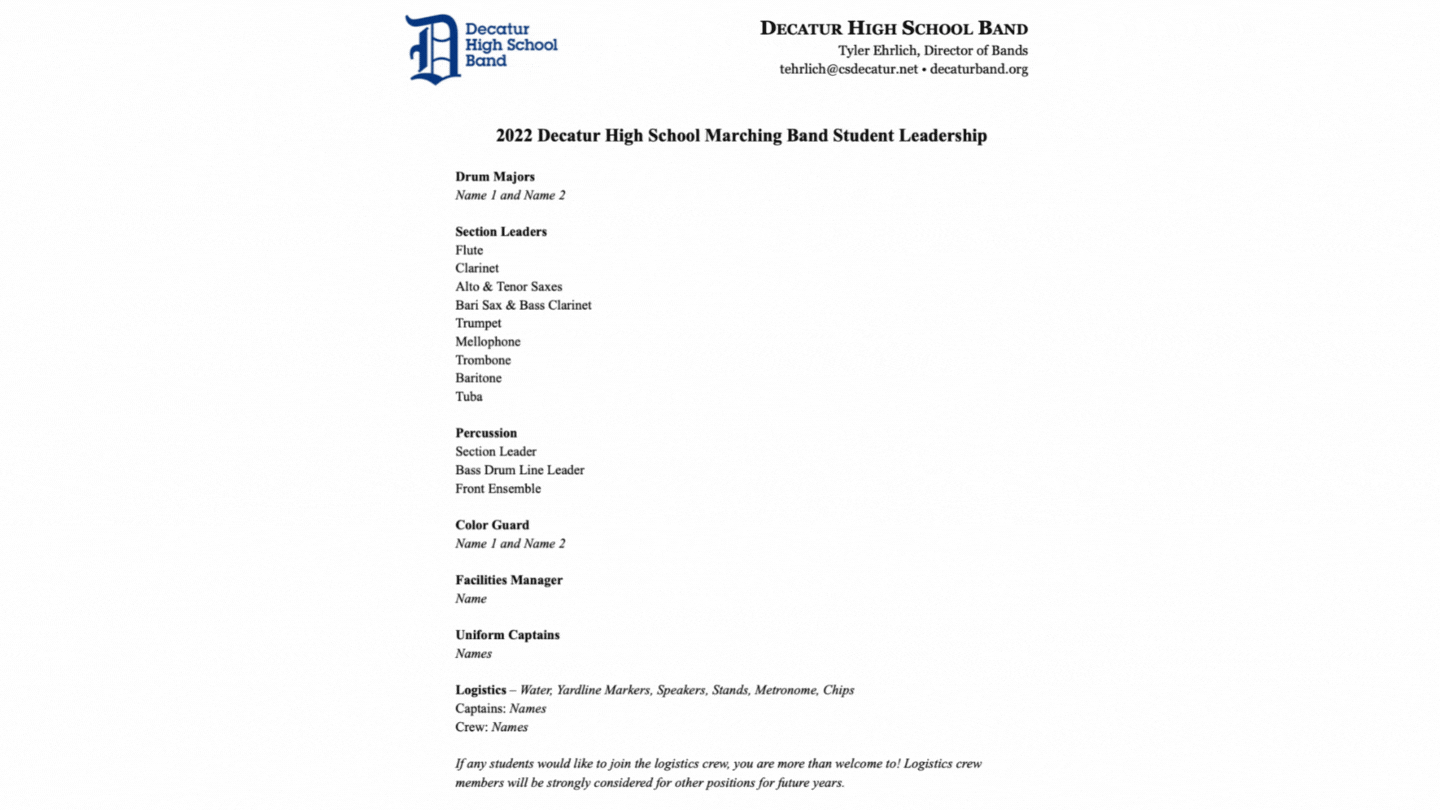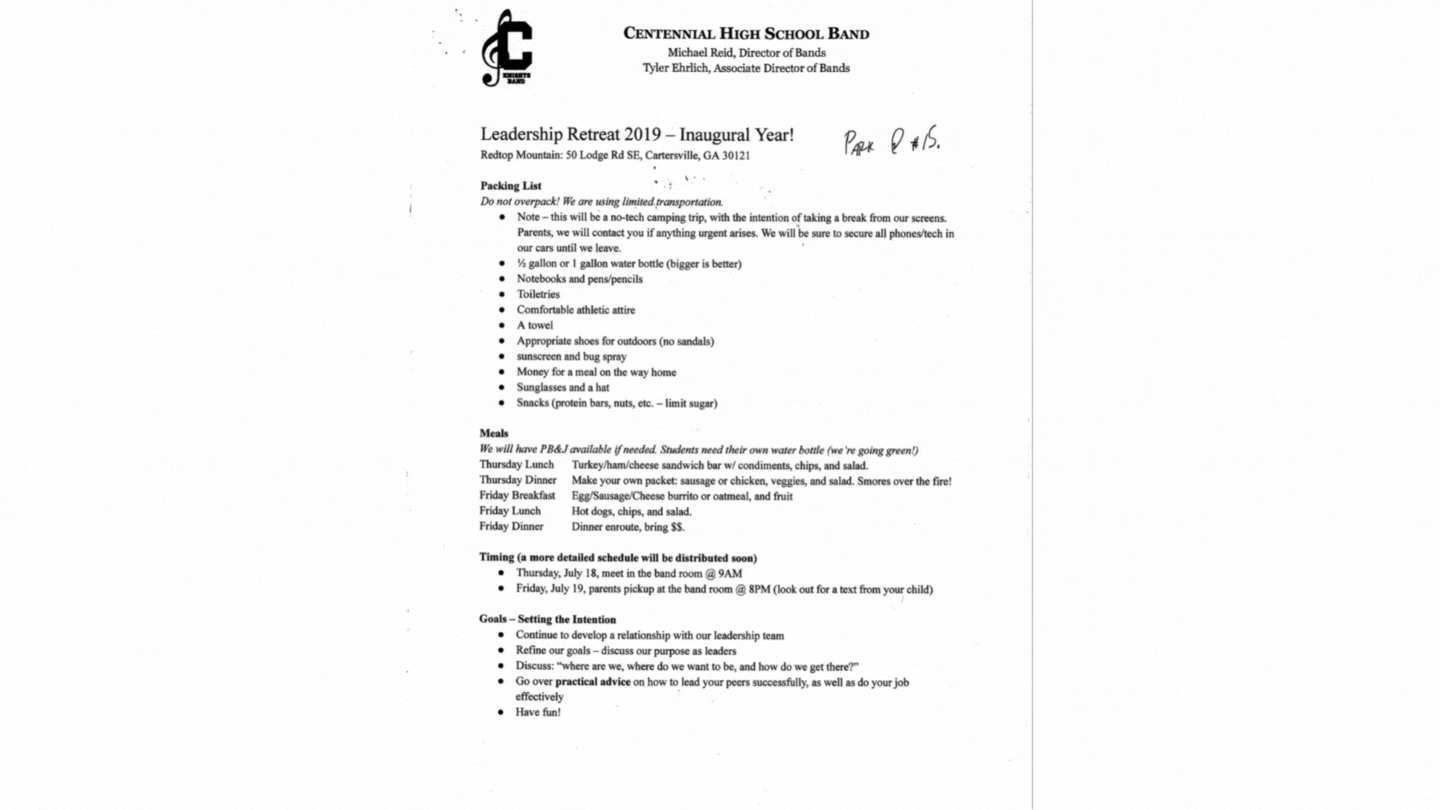Leadership Training Resources for High School Marching Band
Preface
Teaching student leadership training was one part of being an educator that I was sorely unprepared for when I started teaching. By attending programs like the Conn-Selmer Institute and Music For All Summer Symposium, reading books like the ones listed below, and collaborating with colleagues, I found my own voice and developed an effective curriculum for teaching my students.
Sample Slide Decks
The three slide decks below are what I believe to be my “best of” for student leadership training. They include a combination of abstract concepts (how to be an effective student leader) alongside concrete ones (job descriptions and responsibilities.) I found that while students benefited from hearing about my philosophy and role of leadership, it was even more important to define what duties eat position entailed. Additionally, the training defined student responsibilities versus director responsibilities. All of this front-loading of information allowed us to have a positive experience during the season.
These slides are non-exhaustive, and over the years, I made adjustments to the order of concepts during instruction. Also, I found that some information was better suited for only student leaders, and some was better for the full ensemble. I also hoped to weave more training into the curricular class periods as well.
All of the below information is based on the external resources listed at the bottom of the page, as well as my experience working with Michael Reid, my former colleague at Centennial High School. Don’t hesitate to reach out with any questions.
Day 1: What is student leadership?
Day 2: How do we create our dream band together?
Day 3: How can a student leader teach effectively?
Position List and Job Descriptions
This PDF has a list of every position on our leadership team, as well as accompanying job descriptions and unique challenges. For example, drum majors were responsible for knowing every student in the band by the end of camp. This resource was intended to encapsulate all of the duties (good and bad!) that fall under each title.
Leadership Retreat Agenda
In Summer 2019, I was able to take my students on a leadership retreat to Cloudland Canyon State Park. During the trip, we discussed leadership concepts, hiked, played games, and bonded as directors and students. This PDF contains the agenda for our trip, and the concepts covered. Beware; I made notes on the document of things to alter for the future, and my penmanship is not the most beautiful!
External Resources
Student Leadership
Classic Leadership
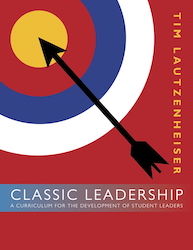 GIA Music – Tim Lautzenheiser.
GIA Music – Tim Lautzenheiser.
This resource, for me, is the quintessential student leadership curriculum. My former colleague at Centennial High School, Michael Reid, used this book religiously, it served as a great starting place when planning our lessons. Other resources shared in this post supplemented the lessons and concepts from Dr. Tim’s book and DVD.
Upbeat!
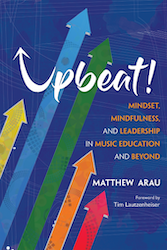 GIA Music – Matthew Arau.
GIA Music – Matthew Arau.
This is a recent addition to the canon of leadership books, and one I highly recommend. I met Matthew in 2019 at the Conn-Selmer Institute. I found his content and delivery so fascinating that I attended every session he offered that summer on student leadership. He has since become a personal and dear friend, too!
The Dynamic Marching Band
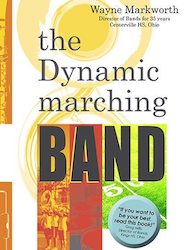 Marching Arts Education – Wayne Markworth.
Marching Arts Education – Wayne Markworth.
This book is a great resource for directors that do not have robust marching band backgrounds. In it, Markworth includes several “team talks” – conversations to talk about competition, leadership, etiquette, and other best practices with students. I utilized these talks during band camp and found them incredibly helpful.
Self-Improvement
The Four Tendencies
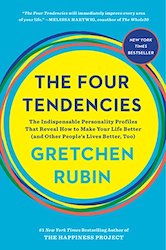 Harmony/Rodale – Gretchen Rubin.
Harmony/Rodale – Gretchen Rubin.
This is an incredibly practical framework to understand how different people engage with internal and external expectations. Rubin offers a quiz that you can take on her website that will categorize you into an upholder, questioner, obliger, and rebel. Students can take the quiz as well, which should spark engaging conversations in your classroom.
The Culture Code
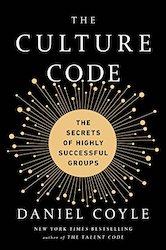 Random House Publishing Group – Daniel Coyle.
Random House Publishing Group – Daniel Coyle.
Building a positive and supportive community of musicians was not something that I was confident in doing right out of graduate school, but this book was a great resource to learn how the most successful organizations achieve big goals. What I enjoyed the most about this book was its combination of concrete strategies coupled with engaging anecdotes.
Talent is Overrated
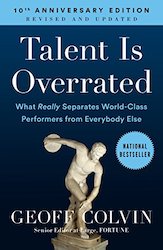 Penguin Publishing Group – Geoff Colvin.
Penguin Publishing Group – Geoff Colvin.
“I’m just not that talented.” I heard this repeatedly from students and parents alike. This book is a great resource for dispelling the myth that talent (and not focused effort) is the key to success. Colvin defines deliberate practice and its role in rapid improvement.
Atomic Habits
 Penguin Random House – James Clear.
Penguin Random House – James Clear.
This is the latest book I read that positively impacted the way I teach student leadership (and focus on my own growth as a musician and teacher). Clear introduces the steps of building good habits, discusses how systems can be more important than goals, and most importantly, breaks down how incremental change is the key to lasting success.


